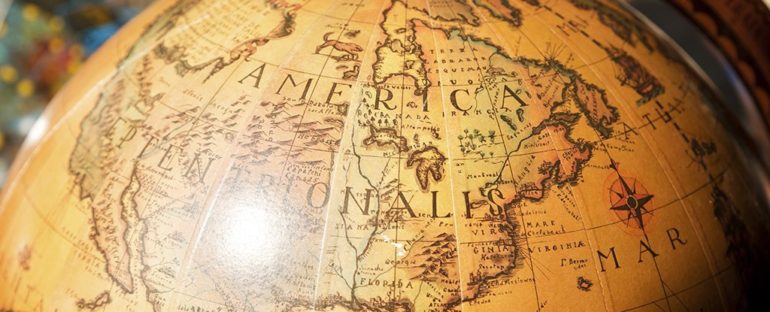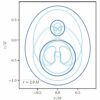Exactly how and when people settled in North America is a topic of much fascination for experts, and now a new analysis of ancient documents is shedding light on some lesser known details of this long-contested timeline.
A document written by a Milanese friar, dated to around 1345, has been found to contain what looks like a reference to the Atlantic coast of North America – suggesting Italian sailors were already aware of the continent some 150 years before Christopher Columbus set sail for it.
Entitled Cronica universalis and authored by Galvaneus Flamma, the work is written in Latin and is currently unpublished. In it, Galvaneus attempts to detail the history of the entire world, from its creation to the 14th century.
“We are in the presence of the first reference to the American continent, albeit in an embryonic form, in the Mediterranean area,” says Paolo Chiesa, a professor in the Department of Literary Studies, Philology, and Linguistics at the University of Milan.
Galvaneus writes about a land called Marckalada, west of Greenland, which matches up with the Markland region mentioned by several Icelandic sources. It most probably refers to modern-day Labrador or Newfoundland.
The thinking is that the friar heard about Marckalada or Markland through contacts and information passed on from Genoa, on the Italian coast just south of Milan. It raises the question of exactly what Columbus might have been expecting to find when he set sail to the west in 1492.
While the document is limited by the knowledge of the time – it suggests giants roam Marckalada, for example – it fits in with other accounts of this North American region, such as the Grœnlendinga Saga, a significant Icelandic text.
“What makes the passage [about Marckalada] exceptional is its geographical provenance: not the Nordic area, as in the case of the other mentions, but northern Italy,” Chiesa writes in the study.
“The Marckalada described by Galvaneus is ‘rich in trees’, not unlike the wooded Markland of the Grœnlendinga Saga, and animals live there.”
This is in contrast to descriptions of other lands in the North at the time, like Greenland was known to be “bleak and barren”, despite there being no evidence Italian seafarers ventured there.
Columbus himself was born in Genoa, though he set sail on his famous voyage from Spain, and it’s not inconceivable that he would have picked up tales of a North American land from the mariners who frequented the port.
Genoa was known to have good contacts with the north, as shown by the advanced geography of the charts drawn there at the time of Galvaneus, backing up the idea that the friar did indeed know what he was writing about.
It doesn’t seem as though Italian or Catalan sailors ever landed in Iceland or Greenland, but they’re likely to have heard tales from those parts on trading routes – even if Marckalada or Markland wasn’t well known enough to make it into any official documents around the same time.
“These rumors were too vague to find consistency in cartographic or scholarly representations,” says Chiesa.
The research has been published in Terrae Incognitae.



